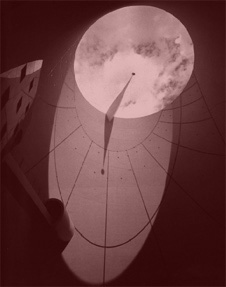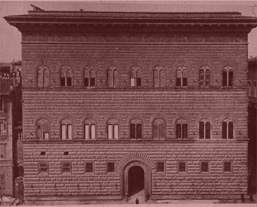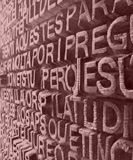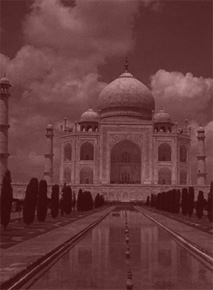













Although existing scholarship addresses the normal experience of architecture and place, there is little work focused on extraordinary aesthetic events (Franks 1979, Jones 2000). Yet, these experiences are remarkable. For instance, trust-worthy sources (Alexander 1979, Kahn 1979, Sivestrin 1999, Zumpthor 1998) consistently refer to the dissolution of the object-subject divide; an overwhelming sense of well-being, profound intuitions of place, self and life; significant space-time perceptual abnormalities; and the transcendence of language and culture. We rarely think of these issues as things we can seriously address in academia except in folkloric, subjective, or non-scientific ways. But this doesn’t need to be so. The challenge lies in finding scholarly methods to approach this subject. This can be done by means of a direct phenomenological method to the “matter-mind interface” with assistance of well documented case-studies of exceptional aesthetic experiences, appropriate surveys, and existing literature (coming from as diverse sources as philosophy, psychology, religious studies, and the arts). In fact, given the current high level of attention to the mind/brain (and, in particular, to altered states of consciousness) in biology, neuroscience, psychiatry, ecology, and professional fields (e.g., social work, nursing, education), Architecture Live research may not only find great input from them but also offer relevant questions and explore interdisciplinary partnerships with the sciences.
There was no investigation like Architecture Live in architecture until the early 2000s. What was available were philosophical and theoretical argumentations that, although valuable in validating exceptional aesthetics, offered little in terms of their actual phenomenology. Remarkably, most of such work was not architectural but in philosophical aesthetics (e.g., Dewey 1934, Harries 1997, Heidegger 1971, Hiss 1990, Scruton 1979). Even when architects themselves look into this matter, they stayed surprisingly analytical and detached, thus avoiding the very experiential nature of such occasions (e.g., Holl 1994, Krinke 2005, Norberg-Schulz 1985). It is as if the authors had intellectually scrutinized the results of their phenomenological studies and then presented them without revealing the actual data, thus making impossible for the reader/critic to see the validity of the claims. James Elkins’s book “Pictures and Tears” (2001), comes the closest to what Architecture Live attempts to do, except that his is about painting and does not delve in the actual phenomenology of aesthetics. Discussions with prominent architecture scholars in this area druing around 2005-07[1] as well as editorial pieces and book reviews of a decade ago, strongly suggested that the study was timely, relevant, and in need of serious scholarship (Albretch 2002, Ivy 2006, Koonce 2005).
Julio Bermudez 2007-2016
[1] Among others, I had conversations with Professors Tom Barrie (North Carolina State University), Anat Geva (Texas A&M University), Ben Jack (U of Miami, Ohio), Randall Teal (U of Idaho), and Architect Norman Koonce (ex CEO of the American Institute of Architects).